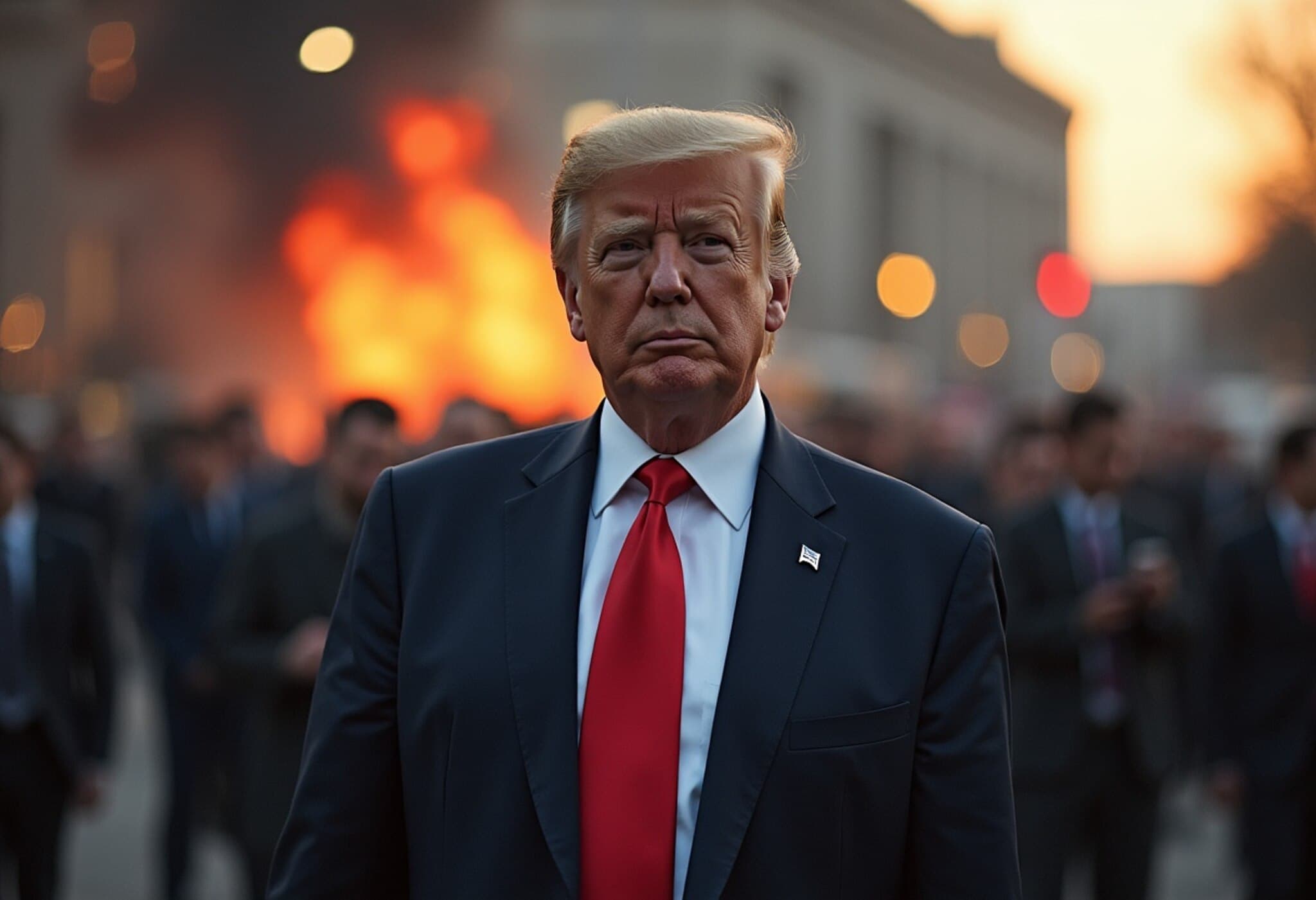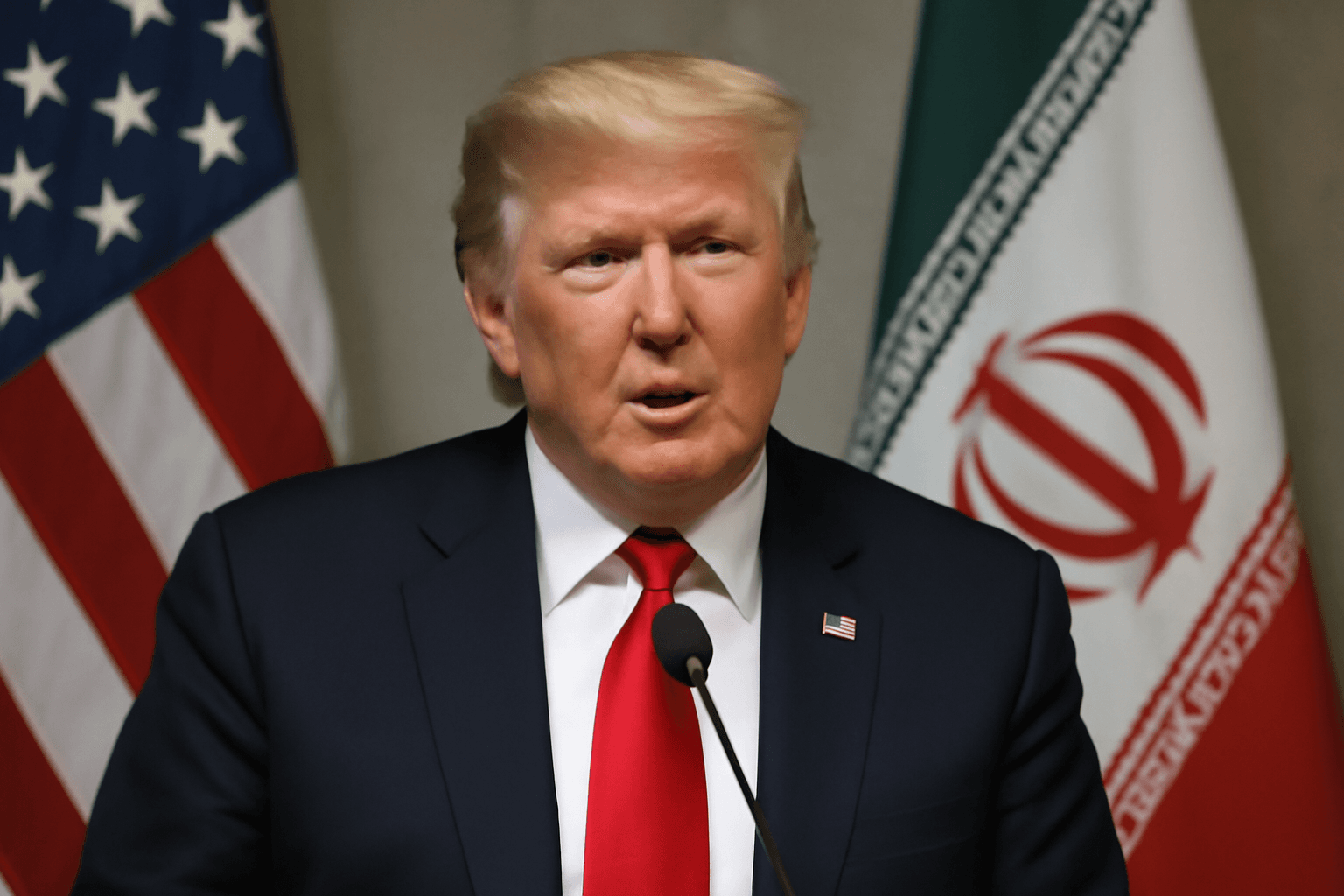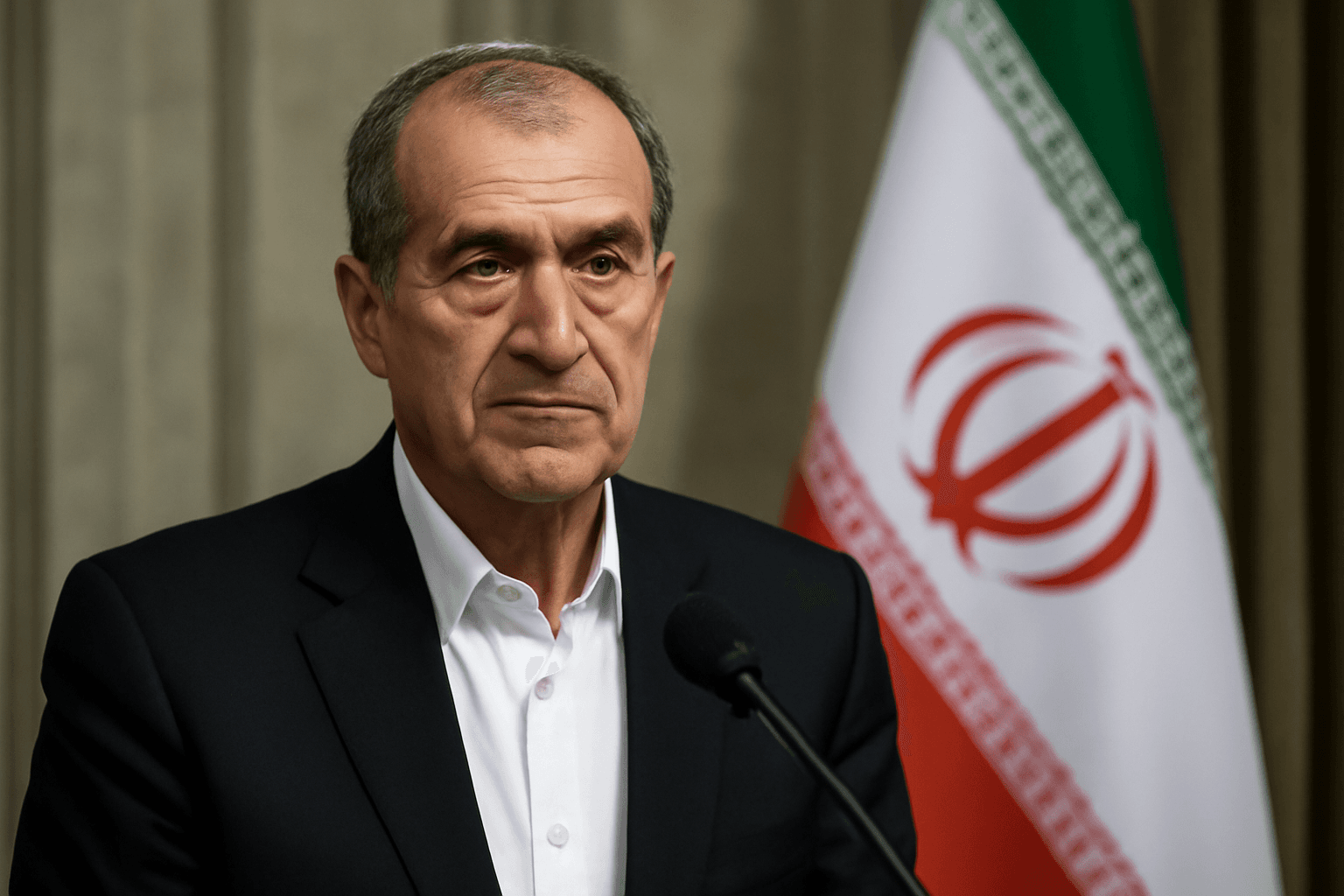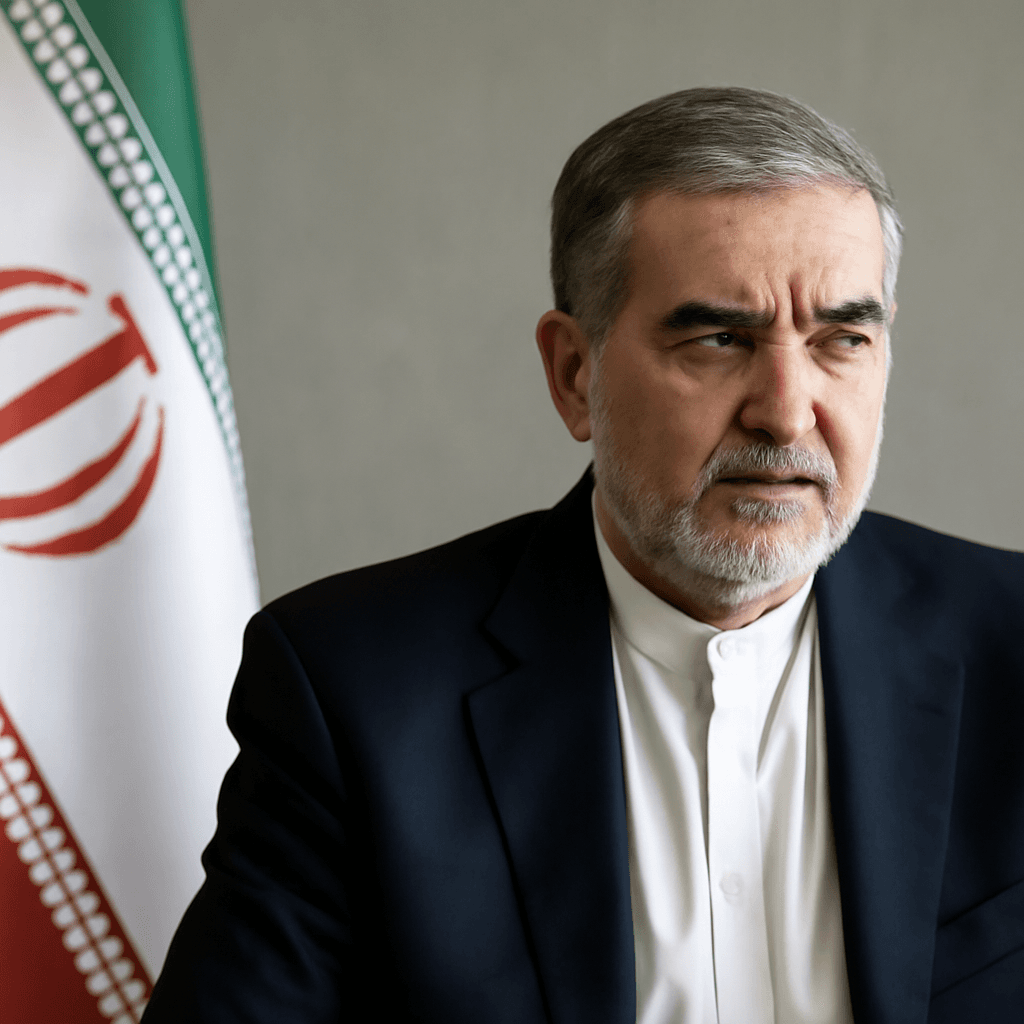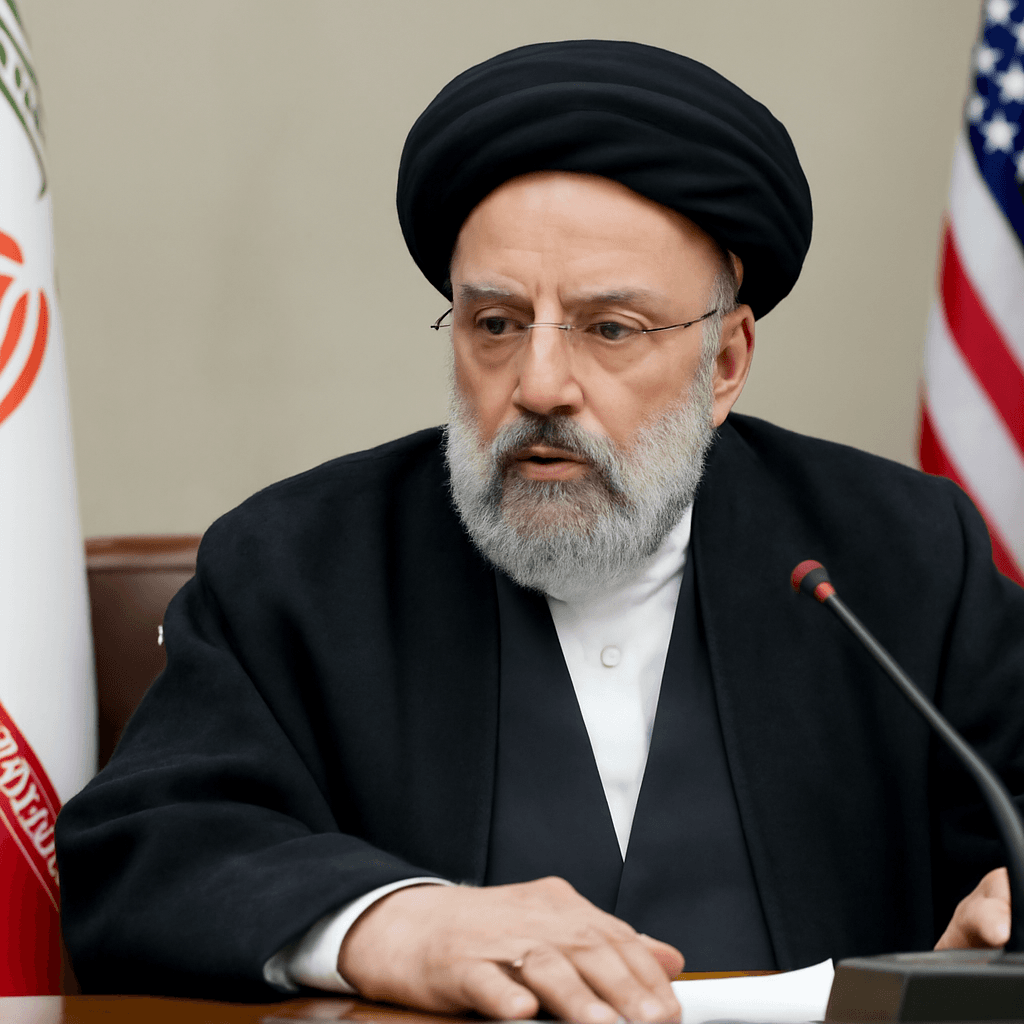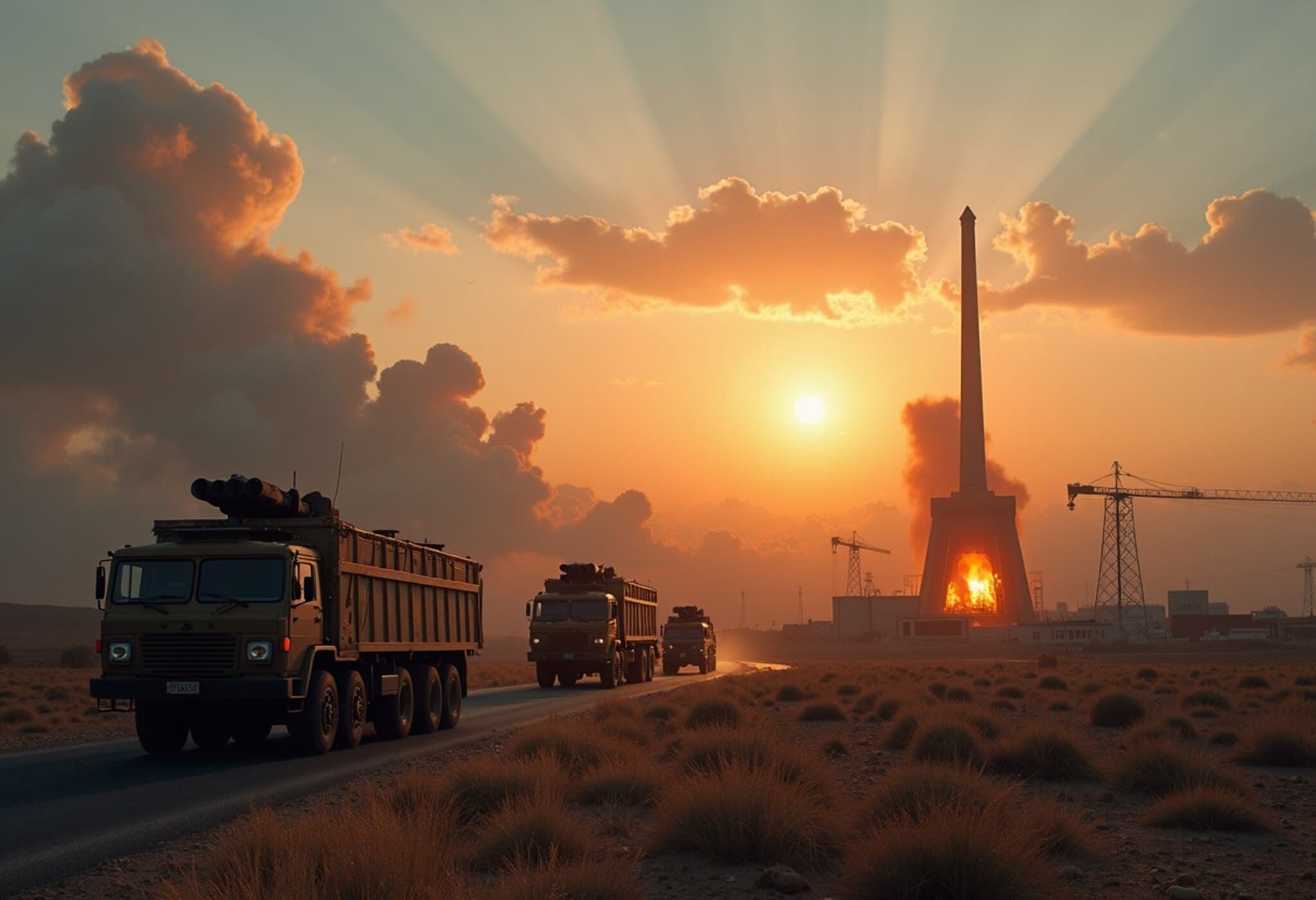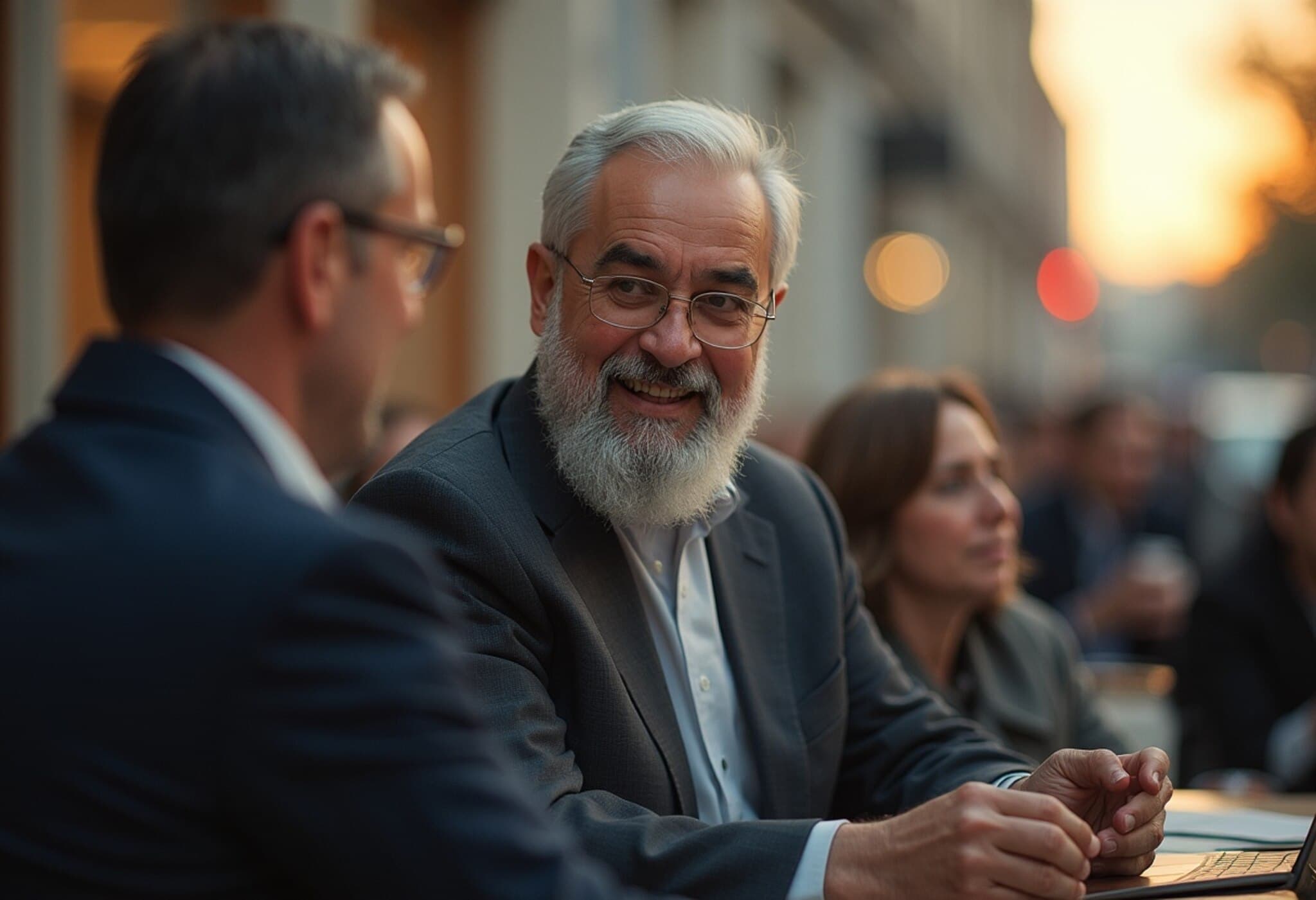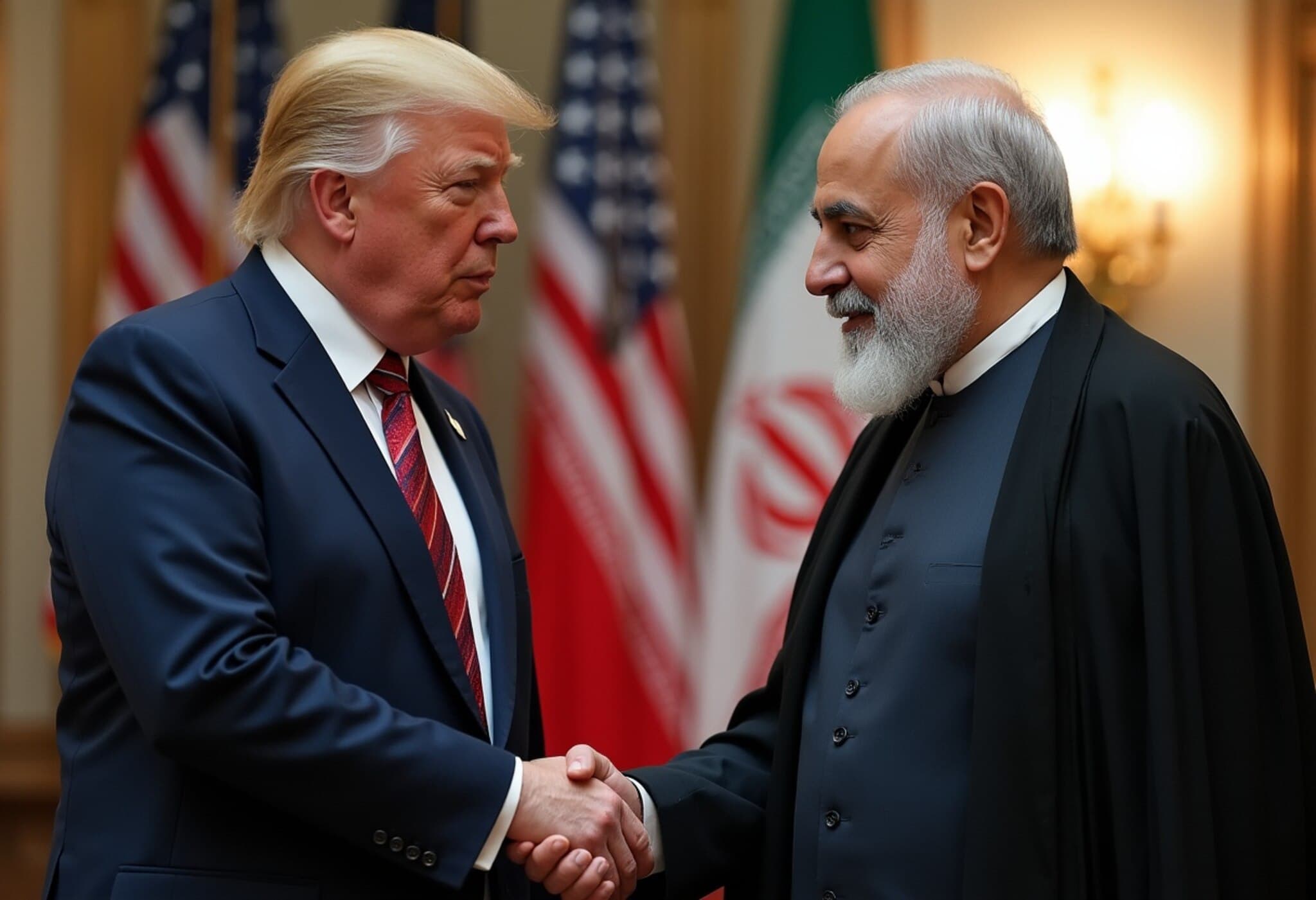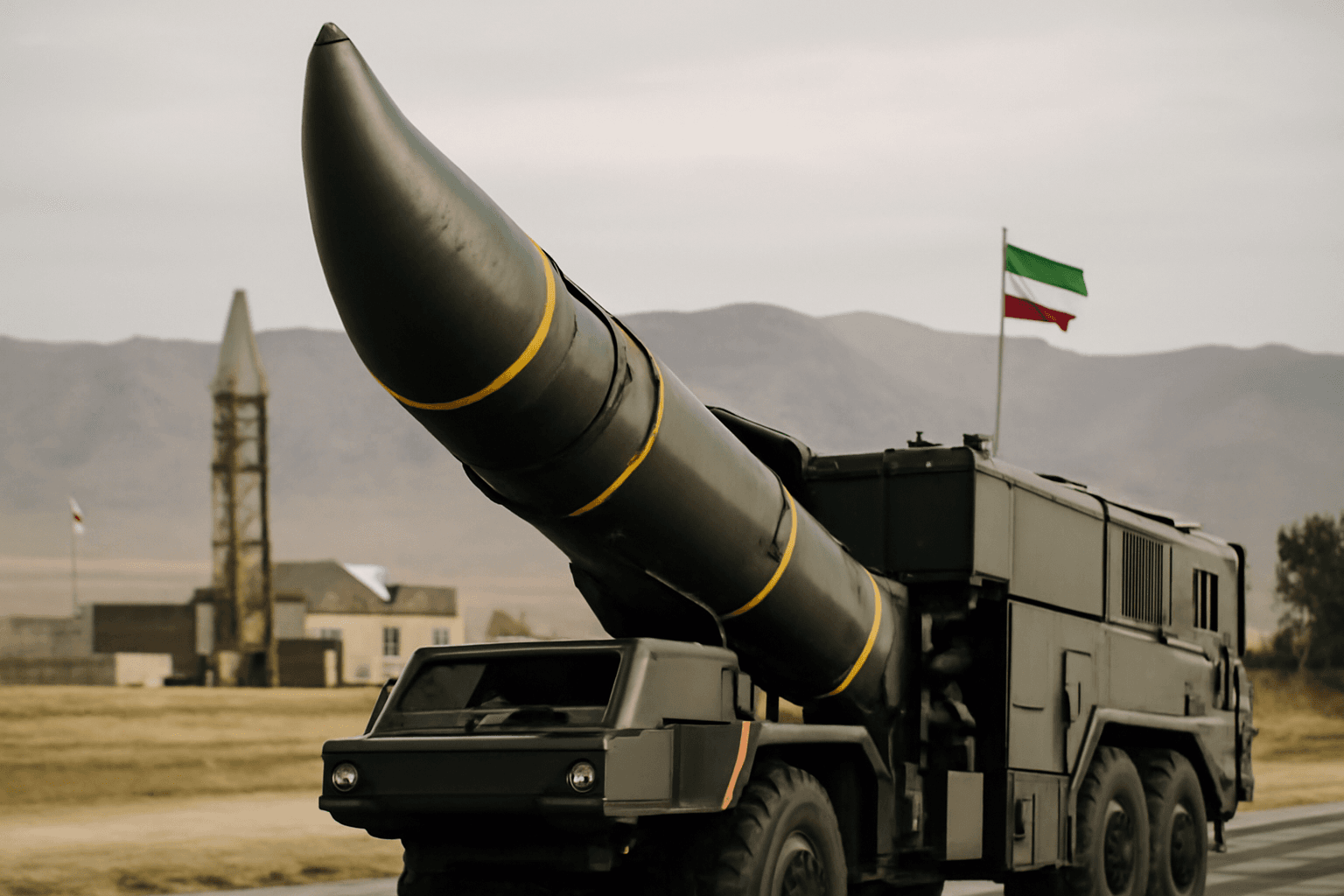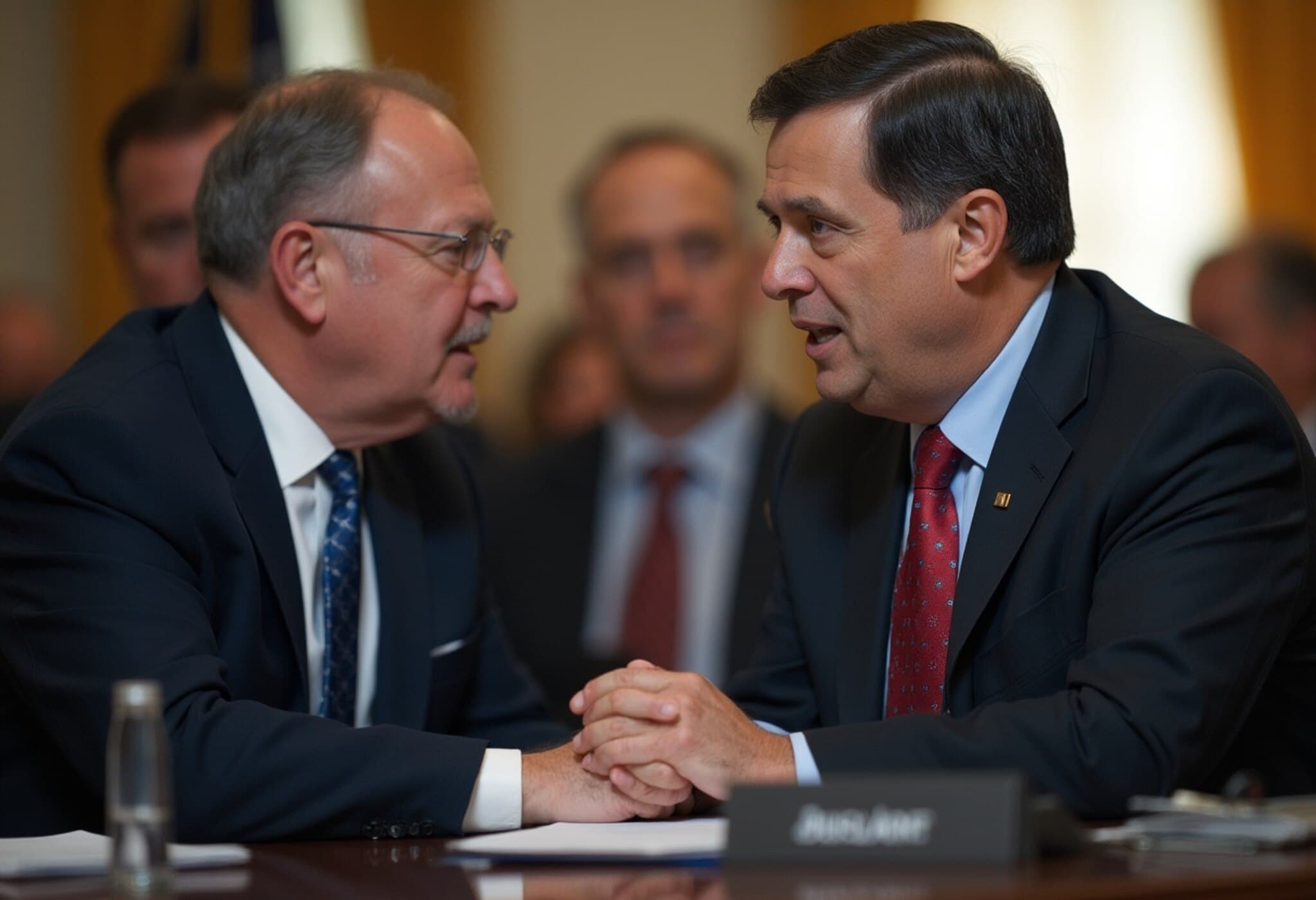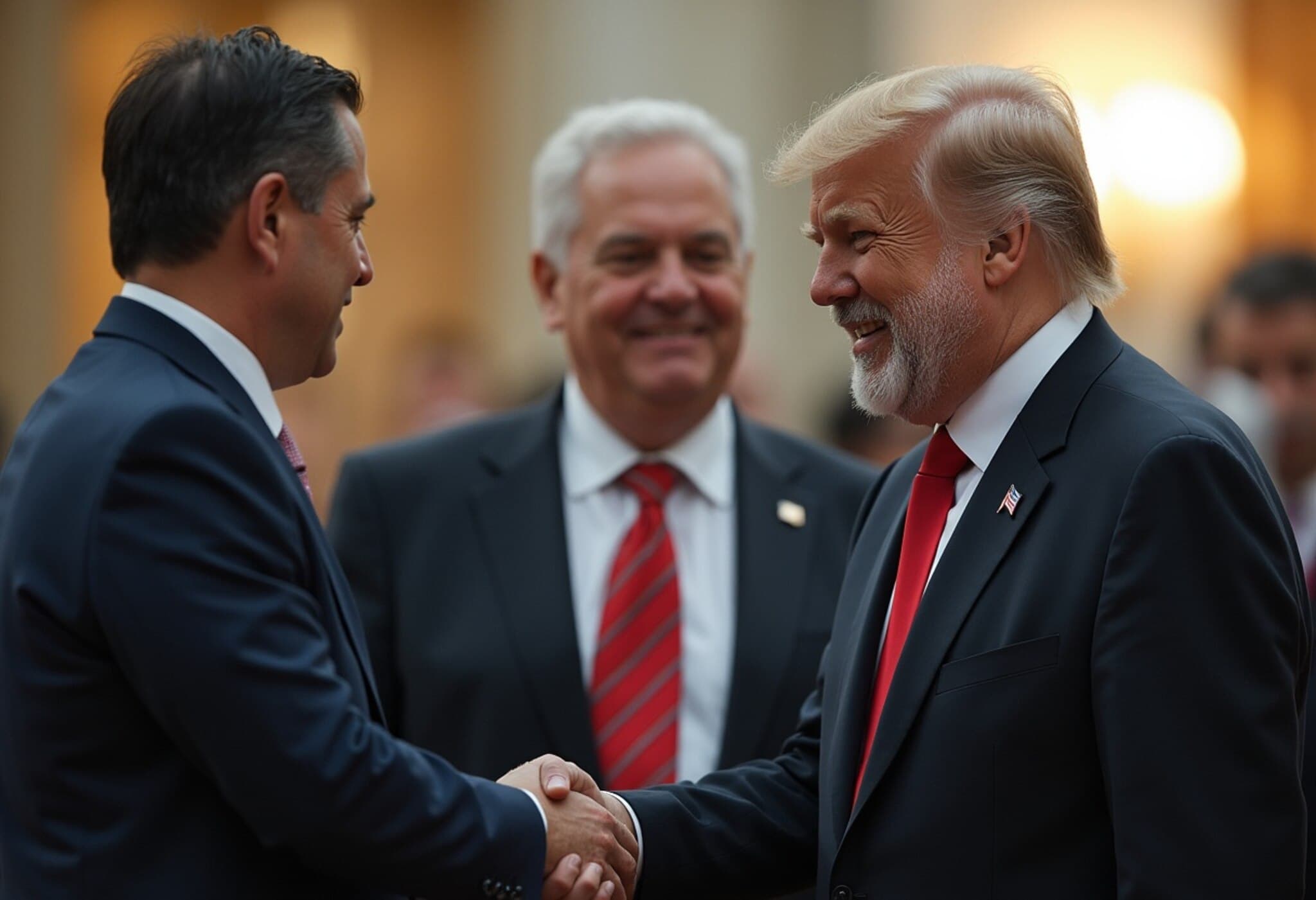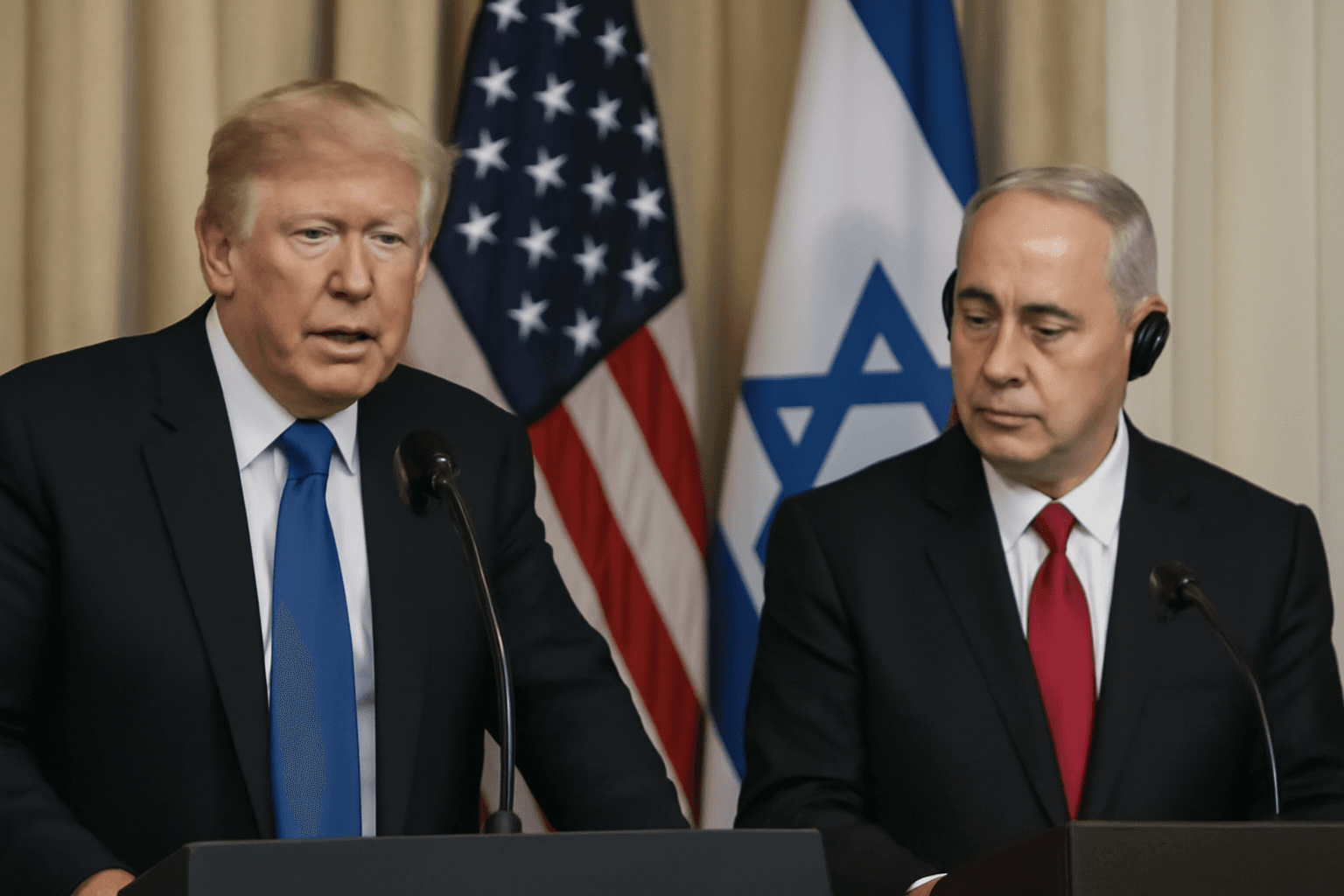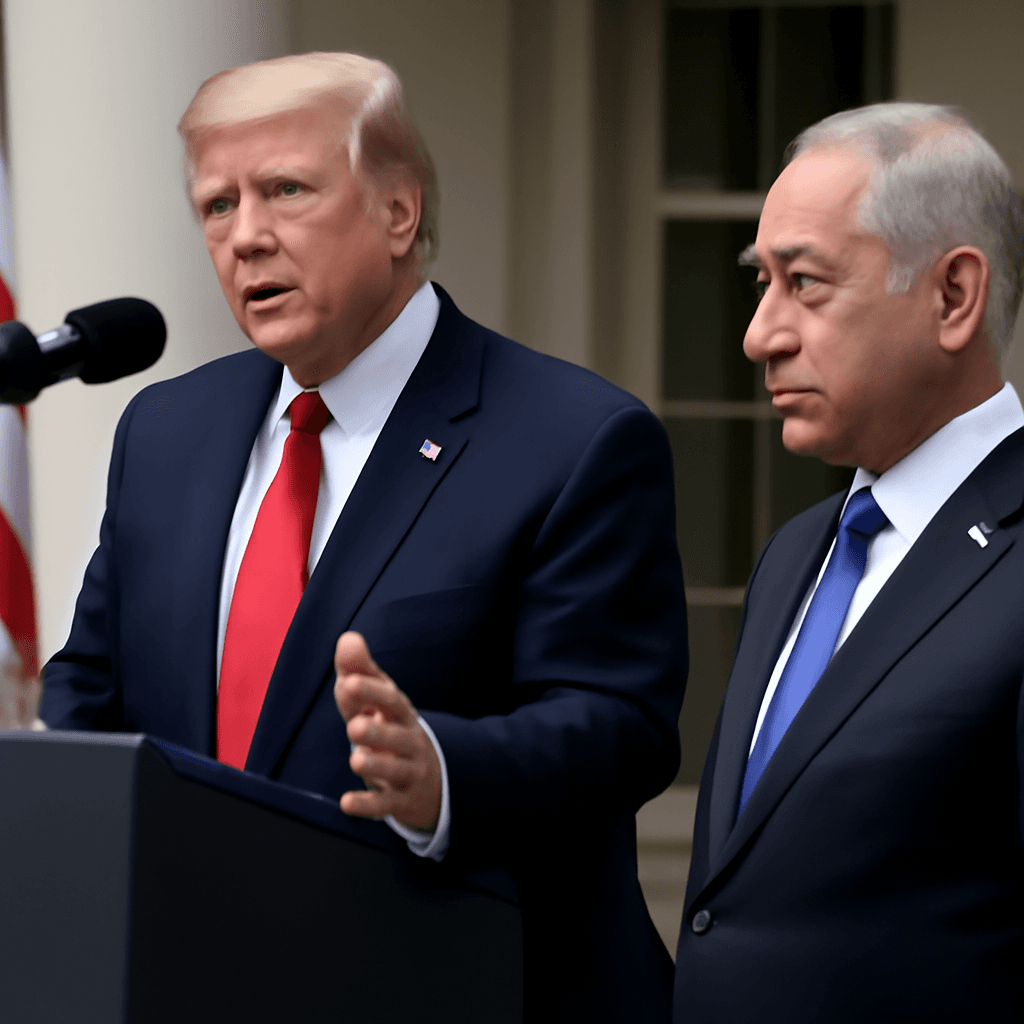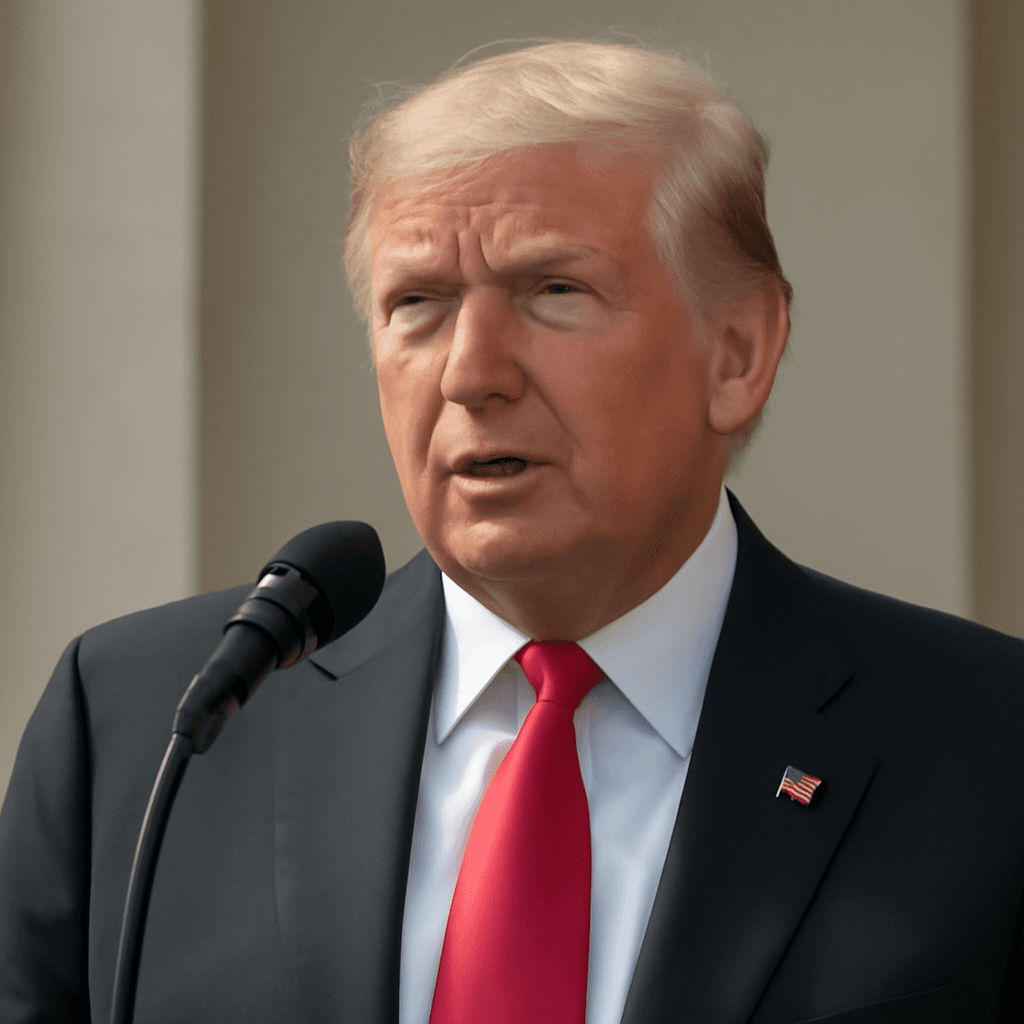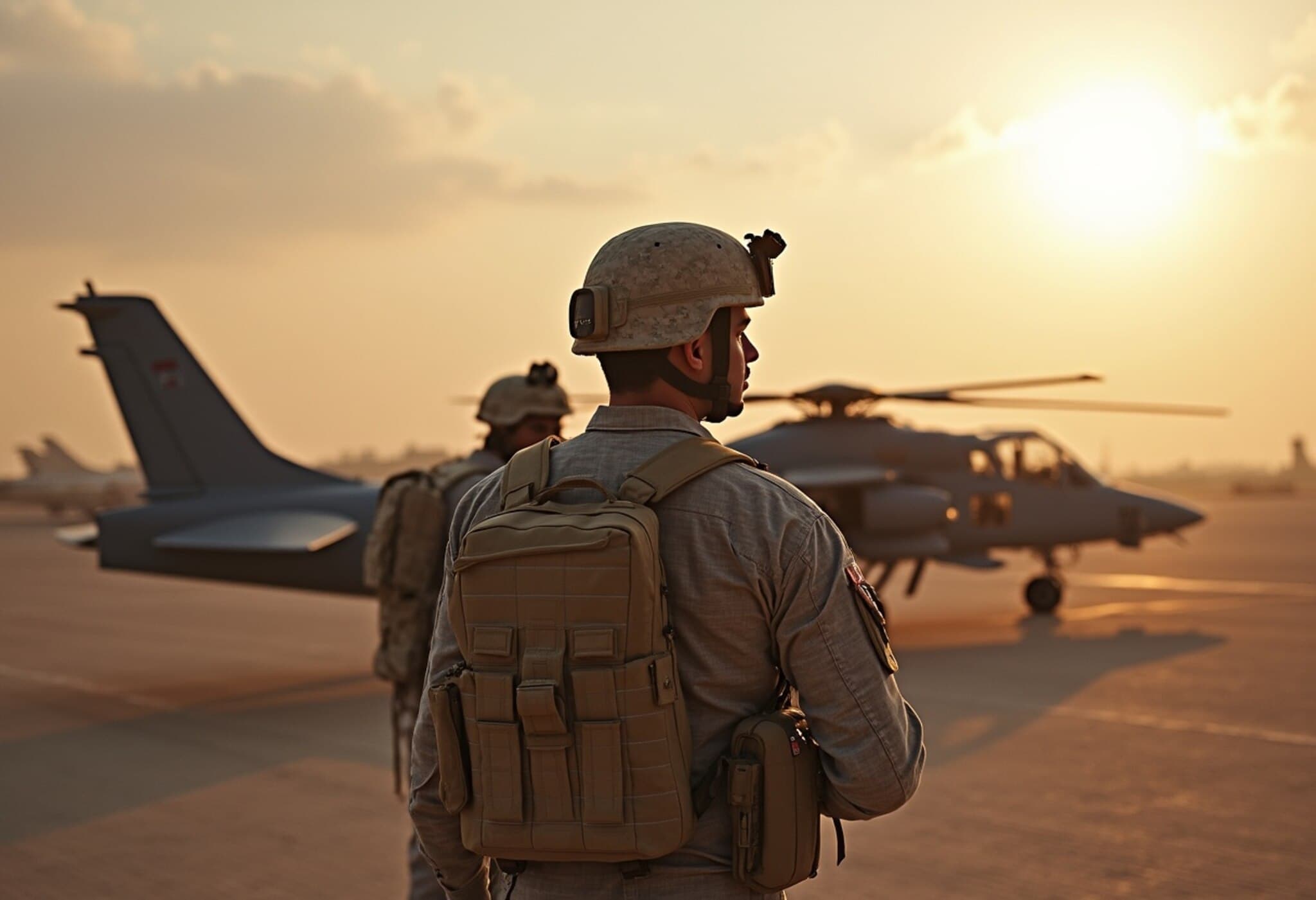The 2015 Iran Nuclear Agreement: A Groundbreaking Accord
In 2015, the United States, alongside five other global powers — the United Kingdom, France, Russia, China, and Germany — struck the Joint Comprehensive Plan of Action (JCPOA) with Iran. Orchestrated under President Barack Obama's administration, this landmark deal aimed to curtail Iran’s nuclear ambitions in exchange for lifting stringent international sanctions.
The agreement set clear limitations: Iran committed to capping uranium enrichment at 3.67% for 15 years, well below the weapons-grade threshold of 90%. Additionally, its enriched uranium stockpile was slashed from 10,000 kilograms to just 300 kilograms. The use of centrifuges was restricted to 5,060 IR-1 models, and enrichment activities at the underground Fordow facility were prohibited. Furthermore, the Arak heavy-water reactor was redesigned to prevent production of weapons-grade plutonium.
Ensuring Transparency and Compliance
To reinforce trust, Iran agreed to the International Atomic Energy Agency’s Additional Protocol, granting inspectors continuous access to nuclear sites. In return, the United Nations, European Union, and the U.S. lifted nuclear-related sanctions, unfreezing billions of dollars in assets and restoring Iran’s ability to engage in global oil and financial markets.
The JCPOA also extended Iran’s “breakout time” — the period required to produce sufficient fissile material for a nuclear weapon — from just a few months to over a year, creating a critical buffer for international monitoring and response.
Trump’s Controversial Withdrawal in 2018
On May 8, 2018, President Donald Trump abruptly pulled the United States out of the JCPOA, branding the agreement a "terrible, one-sided deal" that disproportionately favored Iran. He criticized the deal’s sunset clauses, which would eventually allow Iran to resume enrichment without oversight, and highlighted its failure to address critical issues such as ballistic missile development and regional destabilization.
Trump also echoed concerns from Israel and Saudi Arabia that Iran leveraged the economic relief to fund terrorism and expand its military reach across the Middle East. He pledged to reignite pressure by reimposing sweeping sanctions targeting Iran’s oil, banking, and shipping sectors, aiming to bring Iran back to the table for tougher negotiations.
A Renewed Diplomatic Push and Its Disruptions in 2025
Surprisingly, in 2025, with Trump back in office for a second term, discussions began quietly to renegotiate a stronger nuclear deal with Iran. The intent was to reinstate limits on uranium enrichment, restore full IAEA inspections, and add restrictions on Iran’s missile programs.
However, significant opposition quickly emerged. Israeli Prime Minister Benjamin Netanyahu warned that Iran was just weeks away from weaponizing its uranium stockpile, dismissing diplomatic efforts as dangerously naive.
Then, just days before the anticipated signing, Israel launched targeted airstrikes on Iranian nuclear facilities near Tehran. These strikes, justified by what Israeli officials described as "clear and urgent intelligence," shattered the fragile negotiations.
In response, the U.S. executed precision airstrikes on key Iranian nuclear sites including Fordow and Natanz, deploying advanced weapons such as B-2 stealth bombers and Tomahawk cruise missiles. These actions drastically escalated tensions and cast uncertainty over the prospects for a renewed agreement.
Conclusion: The Fragile Road Ahead for US-Iran Nuclear Diplomacy
The journey of US-Iran nuclear diplomacy has been marked by ambitious agreements, sharp withdrawals, and sudden conflict. As both sides navigate distrust and regional geopolitics, the delicate balance between diplomacy and confrontation remains volatile. Whether future negotiations can overcome these setbacks and pave the way for lasting peace continues to be a question of global significance.

